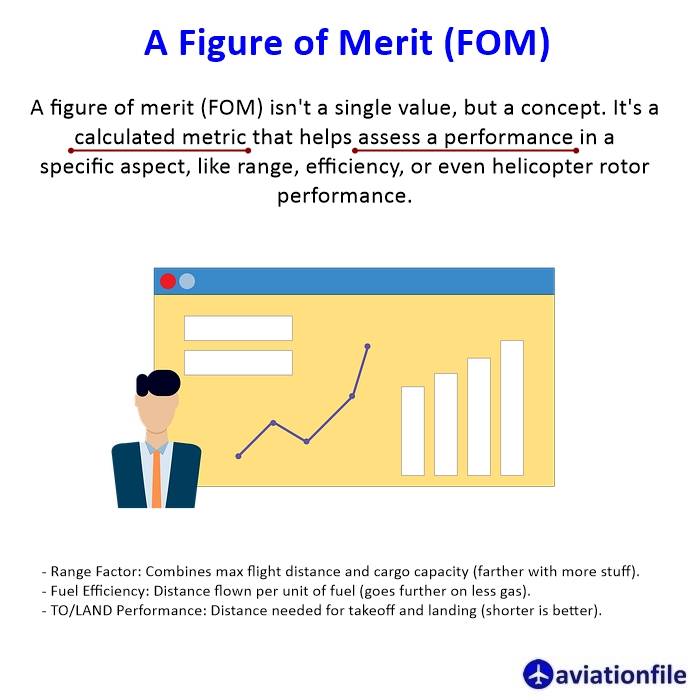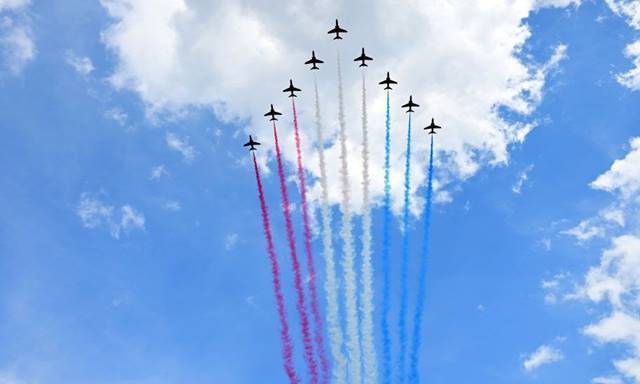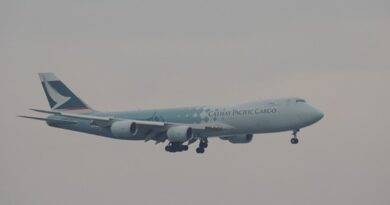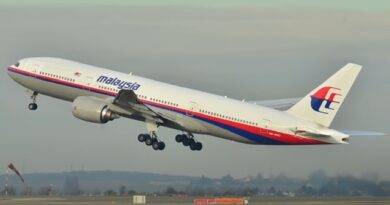What is a Figure of Merit in Aviation?
A Figure of Merit (FOM) in aviation is a quantifiable value used to assess the performance of an aircraft or aviation system in a specific area. It’s a benchmark for engineers and professionals to compare designs and functionalities.
Importance of Figures of Merit in Aviation
FOMs are crucial throughout the aviation lifecycle:
- Aircraft Design: Engineers utilize FOMs to evaluate design choices during development. This ensures aircraft are efficient, powerful, and have good handling characteristics.
- Aircraft Selection: Airlines and manufacturers compare aircraft performance using FOMs. This helps them choose the most suitable aircraft for specific routes and operational needs.
- Technology Development: FOMs act as valuable tools for measuring the effectiveness of new aviation technologies. They provide engineers with a clear picture of how these advancements impact performance.

Common Figures of Merit in Aviation
There’s a range of FOMs used in aviation, each focusing on a specific aspect:
- Range: Maximum distance an aircraft can fly on a single fuel tank.
- Fuel Efficiency: Amount of fuel an aircraft consumes per unit of distance traveled (e.g., miles per gallon).
- Payload Capacity: Maximum weight an aircraft can carry (passengers, cargo, or both).
- Climb Rate: Speed at which an aircraft ascends to cruising altitude.
Example: Calculating Figure of Merit for Helicopter Rotor
A common Figure of Merit (FOM) used in rotary-wing aircraft is for helicopter rotors. This FOM helps assess the efficiency of the rotor in generating lift compared to the total power required. Here’s a breakdown:
- Ideal Induced Power (Pi): The theoretical minimum power required to overcome induced drag and achieve hover.
- Actual Power (P): The total engine power used by the helicopter rotor.
The FOM for a helicopter rotor (M) is calculated as:
M = Pi / P
A higher FOM indicates a more efficient rotor design, meaning it generates lift with less wasted power. Here’s a hypothetical example:
- Helicopter A: Pi = 100 kW, P = 150 kW (FOM = Pi / P = 100 kW / 150 kW = 0.67)
- Helicopter B: Pi = 120 kW, P = 130 kW (FOM = Pi / P = 120 kW / 130 kW = 0.92)
In this scenario, Helicopter B boasts a higher FOM (0.92) compared to Helicopter A (0.67). This signifies that Helicopter B’s rotor design is more efficient, requiring less total power (130 kW) to achieve the same ideal power (120 kW) for hover compared to Helicopter A.
Note: This is a simplified example for illustrative purposes. Actual FOM calculations in helicopter design involve more complex parameters and considerations.
By utilizing Figures of Merit, aviation professionals can make data-driven decisions that prioritize safety, efficiency, and continuous improvement within the aviation industry.



